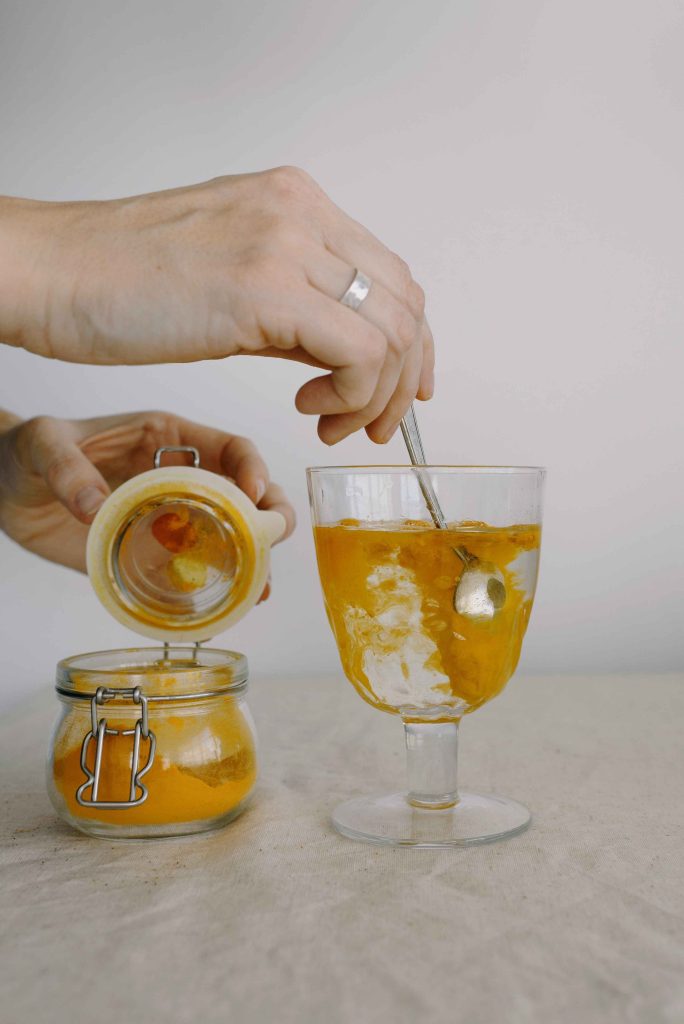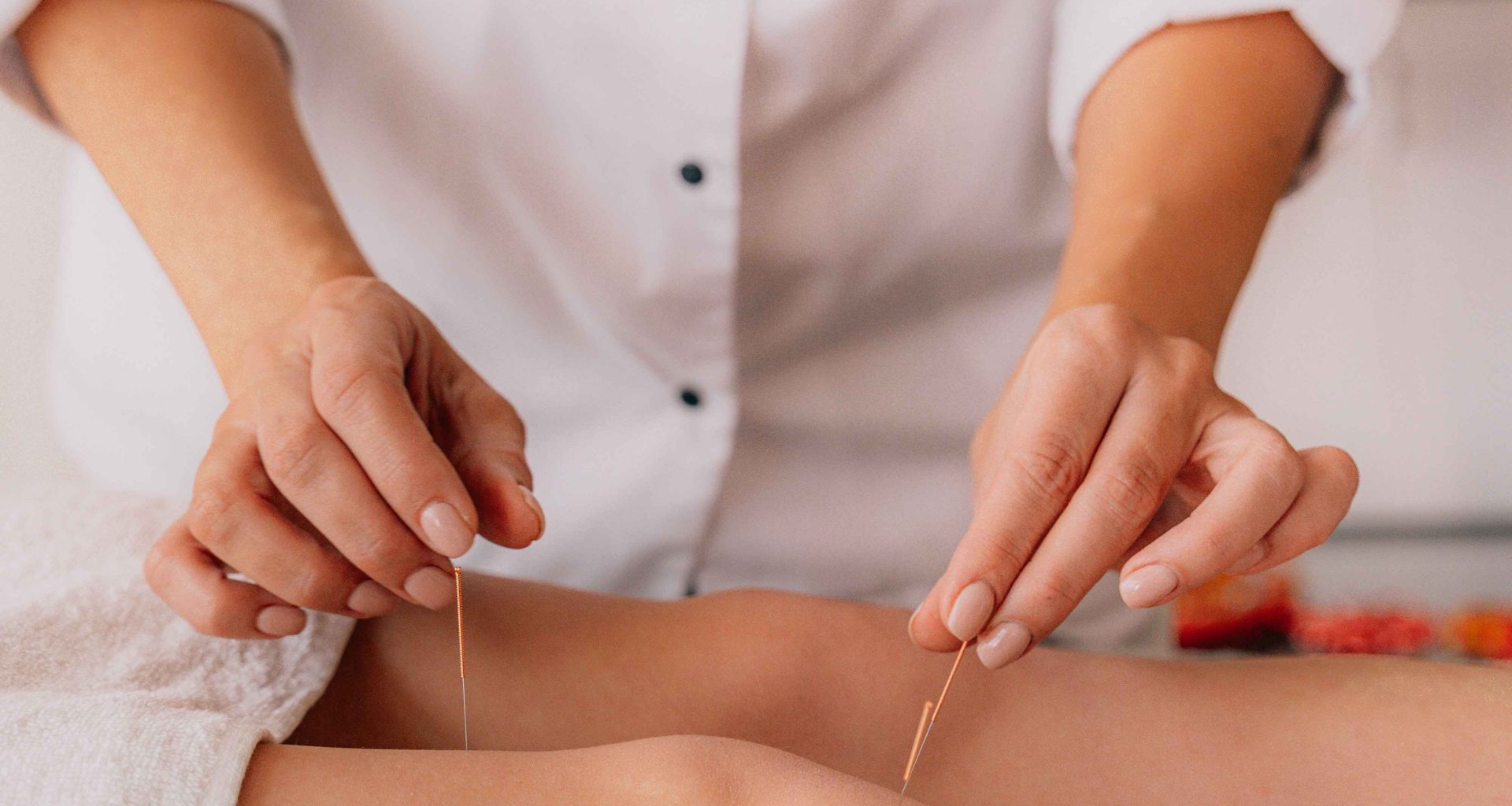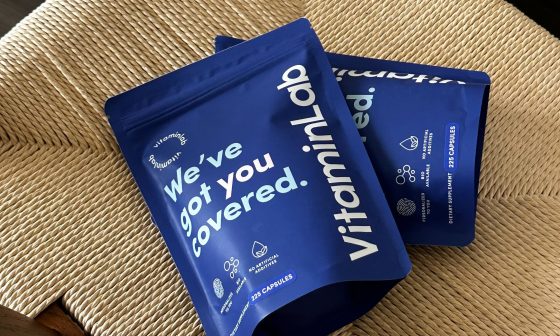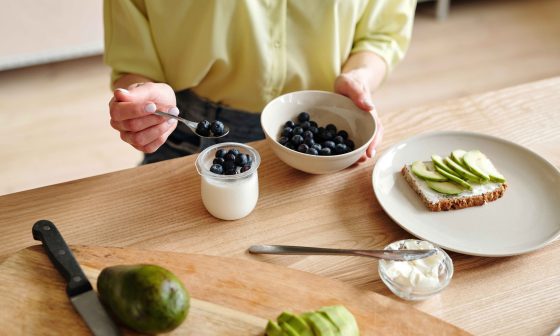Before we begin let us preface this by stressing the importance of our joints. Supporting them may not be something top of mind until later in life, but without our joints we literally wouldn’t be able to move! As we age we produce less collagen, less hyaluronic acid and don’t absorb as much calcium as we once did and our bones and joints tend to become weaker, but supporting our joints throughout life may just set us up for success.
Coping with chronic joint conditions, or even toughing out occasional stiffness can be hard on the body, so we’ve compiled a list of things that will support your joint health in the long run.
1. Daily Movement

Our joints provide us with the beautiful gift of movement, but this is a use-it-or-lose-it scenario. Within our joints is a layer of cartilage that is nourished by synovial fluid, which is only forced into the cartilage via movement. When we lack movement in our day to day lives, the cartilage within our joints may wear down, creating bone-on-bone friction resulting in weak, sore joints.
This isn’t to say the more we move the stronger our joints. Have you ever jumped into a 10k run after coming out of your winter hibernation? If you haven’t, keep it that way. If you have, you know that your knees will likely be screaming at you for some sweet relief. Be mindful of what your body can do when it comes to giving your limbs a little TLC.
If you work at a desk, try walking to work, or using your break as an opportunity to include a quick walk, or some stretches. Every little bit will get that synovial fluid pumping. And this brings us to our next point…
2. Strengthen Your Body

We’re all familiar with the old adage “no pain, no gain,” right? If you aren’t, consider yourself lucky because this is old lore as far as we’re concerned. Your body is sending you signals, and while some muscle soreness is normal, joint pain certainly isn’t, so pay attention to where and why you’re feeling sore post-workout.
Instead let’s adapt the saying “motion is lotion” and become aware of the fact that movement is supposed to help us, not hinder us. Focus on intuitive, low impact, but targeted movements that feel challenging, but not daunting.
Does that mean giving up the heavy weights? If that’s what you’re into and you’ve worked your way up, then absolutely not! Building strength is imperative for creating a foundation of strong muscles and bones to stabilize your joints, but being mindful of form and listening to your body will set you up for success in the long run. Using body weight or light weights alone is also more than enough if that’s what feels good for you. Focus on what your body is capable of and what you’ll stick with!
3. H20
Have you ever noticed that when you’re dehydrated you may experience joint pain or muscle soreness? Water makes up 70-80% of the cartilage in our joints! And not only does water flush our bodies of toxins and help with inflammation, but it also helps to keep everything lubricated, like a well watered machine. Eight cups a day is the standard, so set an alarm, or make sure to take a drink every hour on the hour until it becomes more habitual.
Now let’s get to the vitamins, herbs and minerals…
4. Trace Minerals
There are two main types of minerals — macrominerals, which the body needs in larger amounts and microminerals (also known as trace minerals). A little goes a long way when it comes to trace minerals and while we only need small amounts, they are crucial for so many different functions in the body. Trace minerals can help support the formation of connective tissue as well as encourage proper bone development.
5. Turmeric

Turmeric has been used for over 4000 years in Ayurvedic medicine and for amazing reasons. Curcumin, found in turmeric, is an effective anti-inflammatory that may help to reduce pain caused by arthritis or osteoporosis. One clinical study followed the journey of 139 patients — half were given turmeric and the other half were given a popular medication prescribed for joint pain. The results? Both groups indicated a significant difference in the pain they were experiencing. In fact, the group taking turmeric yielded almost the exact same results as those taking the medication.
6. Boswellia Serrata
Derived from a plant in India, Boswellia is another powerful anti-inflammatory. Similar to turmeric, it may help to reduce pain, but beyond its ability to calm the joints, it may also prevent and reduce cartilage loss! As previously mentioned, keeping cartilage healthy and nourished is the key to reducing bone-on-bone friction in the joints, which can reduce your risk of arthritis and osteoporosis.
7. Glucosamine
This is the first of naturally occurring compounds in the body that we’ll touch on. As we age, the amount of glucosamine our bodies produce declines. One of the tasks glucosamine is responsible for is keeping the cartilage nourished and soft to protect your joints. When we start producing less, the weaker the cartilage becomes.
Glucosamine cannot be obtained through food so in order to get more, the best way is through supplementation. It is important to note that shellfish is used in the production of glucosamine, so those with an allergy might want to give the aforementioned Boswellia serrata a go to nourish the cartilage.
8. Collagen
I know, we mention collagen a lot and there’s been a lot of hype around collagen within the past year or two, but trust us when we say it’s not a trend, it’s a staple and it’s not going anywhere, especially when we’re talking joints.
There are three main types of collagen and ‘Type 2’ is the one that supports joints and connective tissue. Collagen makes up most of the protein found in the body and its another compound naturally produced in the body. Similar to glucosamine, we produce less collagen as we age, and it can also help to protect the cartilage that cushions the joints. Collagen also works wonders on the skin and you can read more about its skin benefits here.
9. Hyaluronic Acid
Also produced naturally in the body and declining as we age is hyaluronic acid. Hyaluronic acid is the substance of all substances when it comes to locking in moisture. Hyaluronic acid can hold up to one thousand times its weight. If that doesn’t paint the picture for you, get this — one gram of hyaluronic acid can hold up to 6 liters of water!
Hyaluronic acid finds its home predominately in our skin and joints, which means it helps to keep our joints well lubricated and cushioned. Hyaluronic acid may also help to keep cartilage nourished and reduce inflammation.
It’s never too early to start focusing on your joint health and setting your body up for success in the long run. By incorporating low-impact movements, drinking plenty of water and nourishing your body with the essential vitamins and minerals you’ll be well on your way to a solid foundation.
If you’re experiencing chronic joint pain, take our online quiz or chat with your doctor to find out which vitamins, herbs and minerals you should add to your custom formula.







